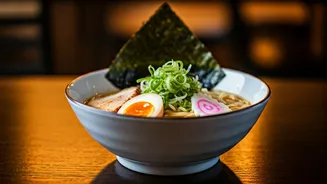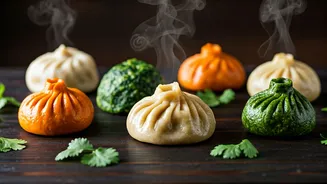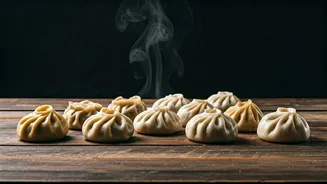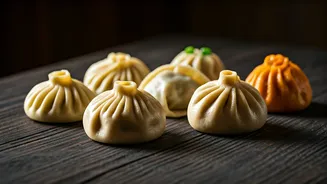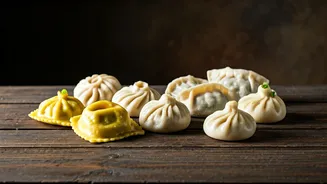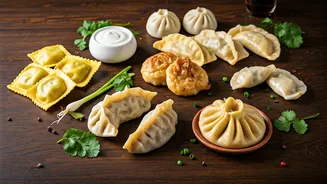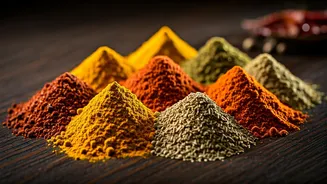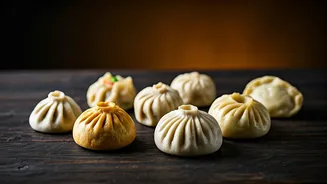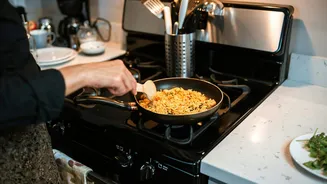A Culinary Revolution
The culinary landscape of Delhi has witnessed a remarkable transformation, with the vibrant and diverse flavors of East Asia making an indelible mark.
This evolution extends beyond mere trends, influencing how people shop, dine out, and even cook at home. From the comforting warmth of a bowl of ramen to the satisfying crunch of kimbap and the versatility of tofu, these dishes have rapidly integrated into Delhi's food culture. This influx signals a broader appreciation for global cuisines and a willingness to explore new culinary horizons. The phenomenon reflects a shift in consumer preferences, with individuals seeking out novel and authentic experiences. This change also underscores the growing interconnectedness of cultures and the ease with which culinary traditions can cross borders, enriching the local gastronomic scene.
Stores Embrace Flavors
The introduction of East Asian ingredients and prepared foods into Delhi's stores has been a significant development. Supermarkets and specialized grocery stores have widened their offerings to include items such as Japanese noodles, Korean sauces, and a variety of tofu products. This expansion makes it more convenient for home cooks to experiment with these cuisines, reducing the need for elaborate sourcing. Furthermore, the accessibility of these ingredients has spurred creativity in home kitchens, as individuals can easily replicate authentic dishes or create fusion-inspired recipes. The rise of online retailers and delivery services has also played a role, making these ingredients even more accessible. The shift in store inventories reflects the rising demand for East Asian foods. This demand highlights both an interest in experiencing new cuisines and an increasing openness to diverse culinary practices.
Restaurants Cater to Demand
Delhi's restaurant scene has responded to the growing interest in East Asian food by introducing a range of dining experiences. Restaurants serving ramen, kimbap, and various tofu-based dishes have become increasingly common. These establishments cater to diverse preferences, offering everything from traditional recipes to innovative, fusion-style creations. The expansion also includes specialized eateries focusing on specific East Asian cuisines. The trend includes a rise in popularity for casual dining spots and upscale restaurants. This evolution shows a shift in consumer demand and an eagerness to explore new culinary experiences. These restaurants not only serve delicious meals but also introduce diners to various aspects of East Asian culinary culture, thus helping shape Delhi's gastronomic identity.
Home Cooking Evolves
The influence of East Asian flavors extends beyond restaurants and into Delhi's homes. Home cooks are increasingly incorporating these ingredients and techniques into their cooking routines. This can be seen in the adaptation of classic recipes and the experimentation with novel dishes. The accessibility of ingredients in stores and online platforms makes it easier for people to try new recipes. Tutorials, cookbooks, and online communities dedicated to East Asian cooking provide a wealth of information and support. Families are finding it easier to recreate authentic dishes and infuse their meals with new flavours. This trend not only showcases culinary adaptability but also emphasizes the growing interest in cultural exchange through food. Furthermore, it underlines the importance of incorporating diversity and embracing global culinary trends.
